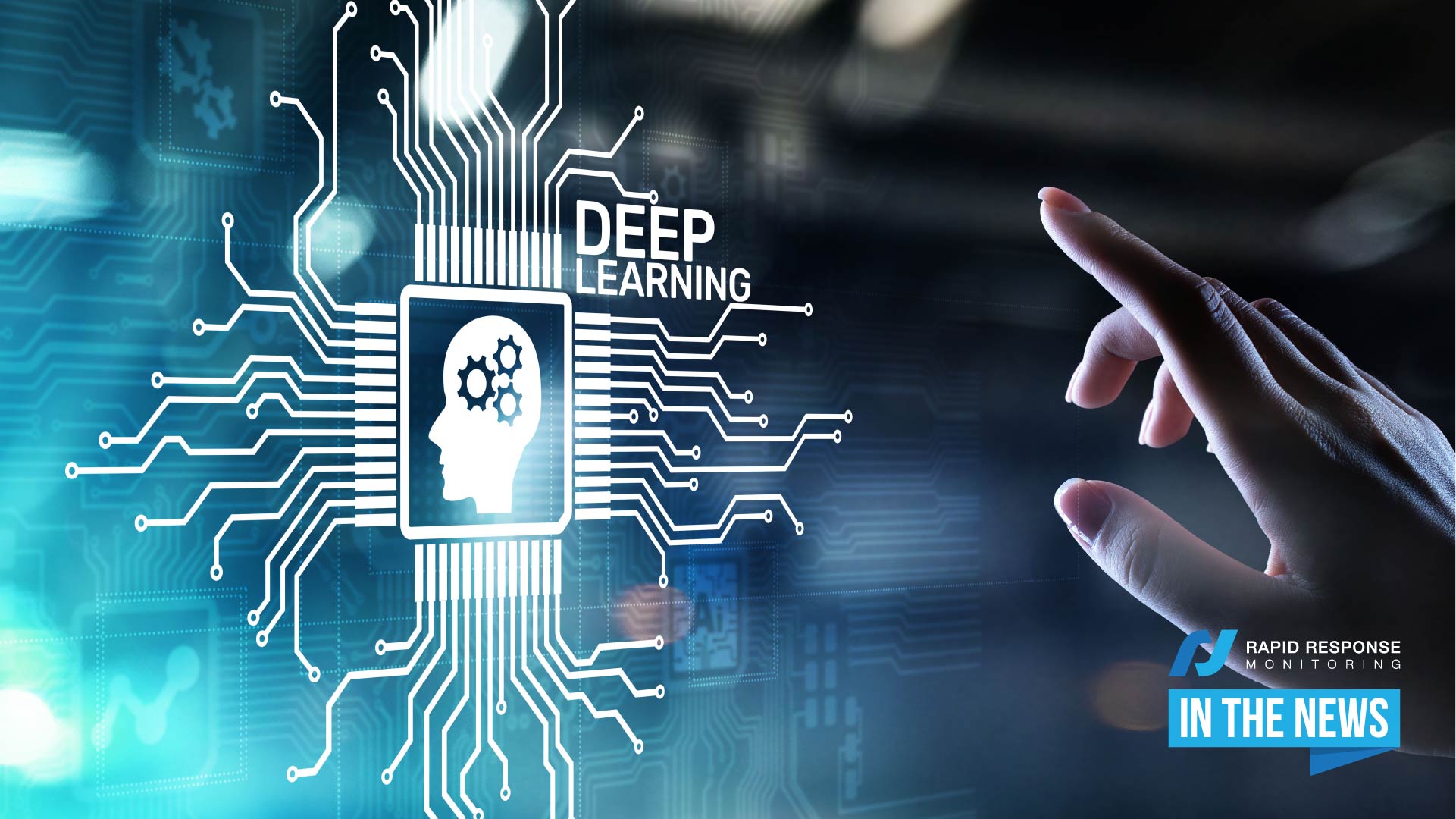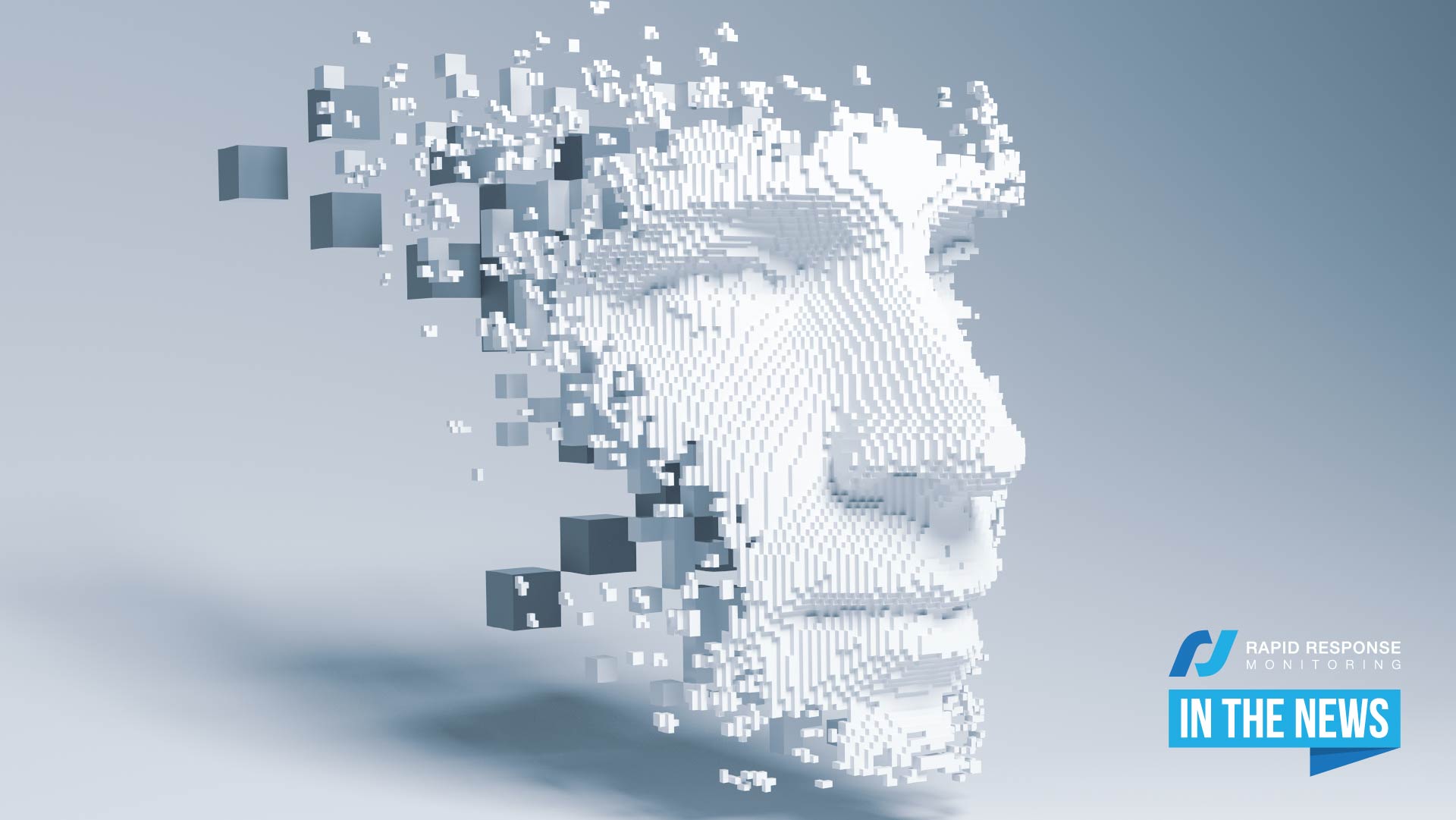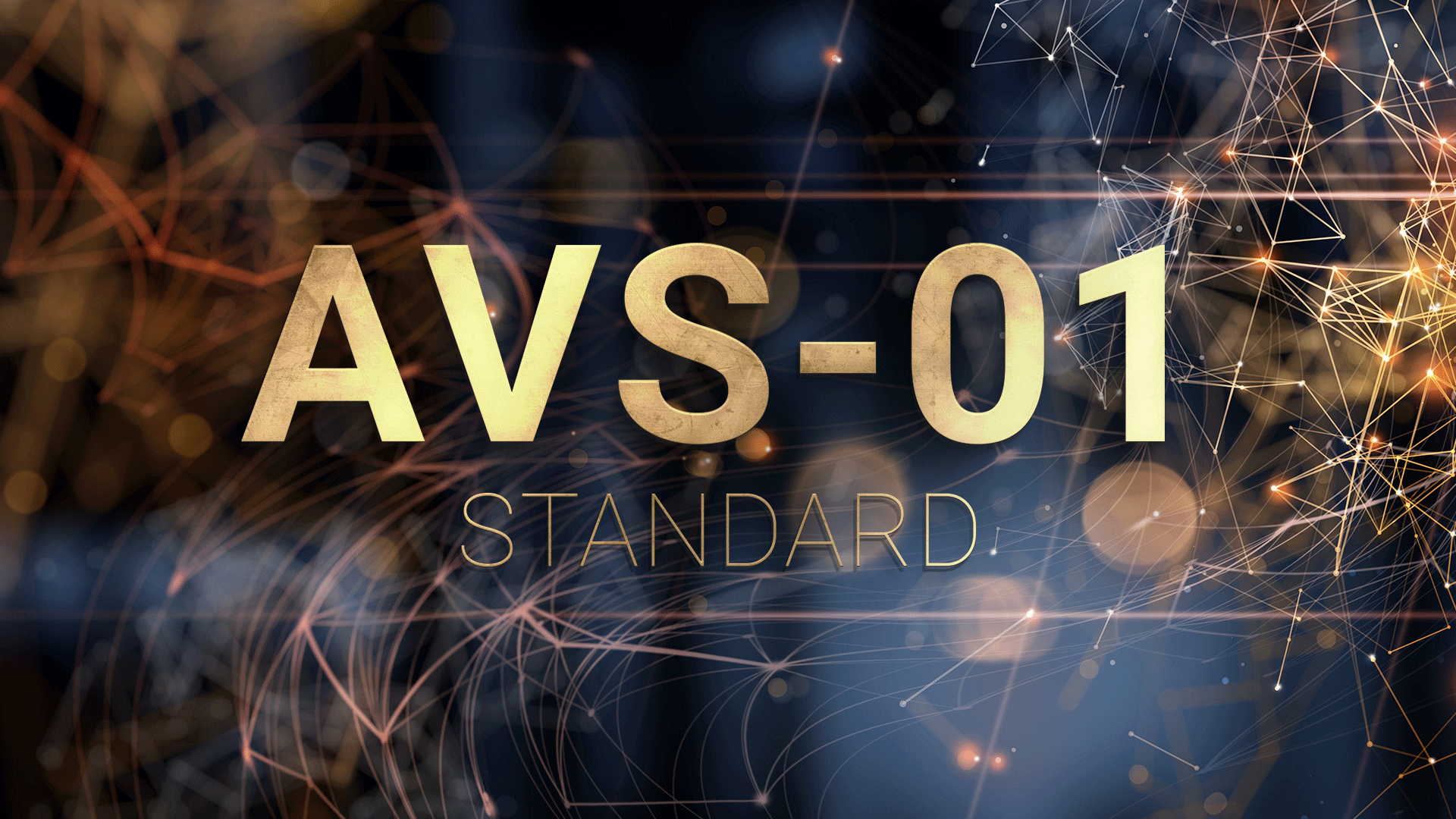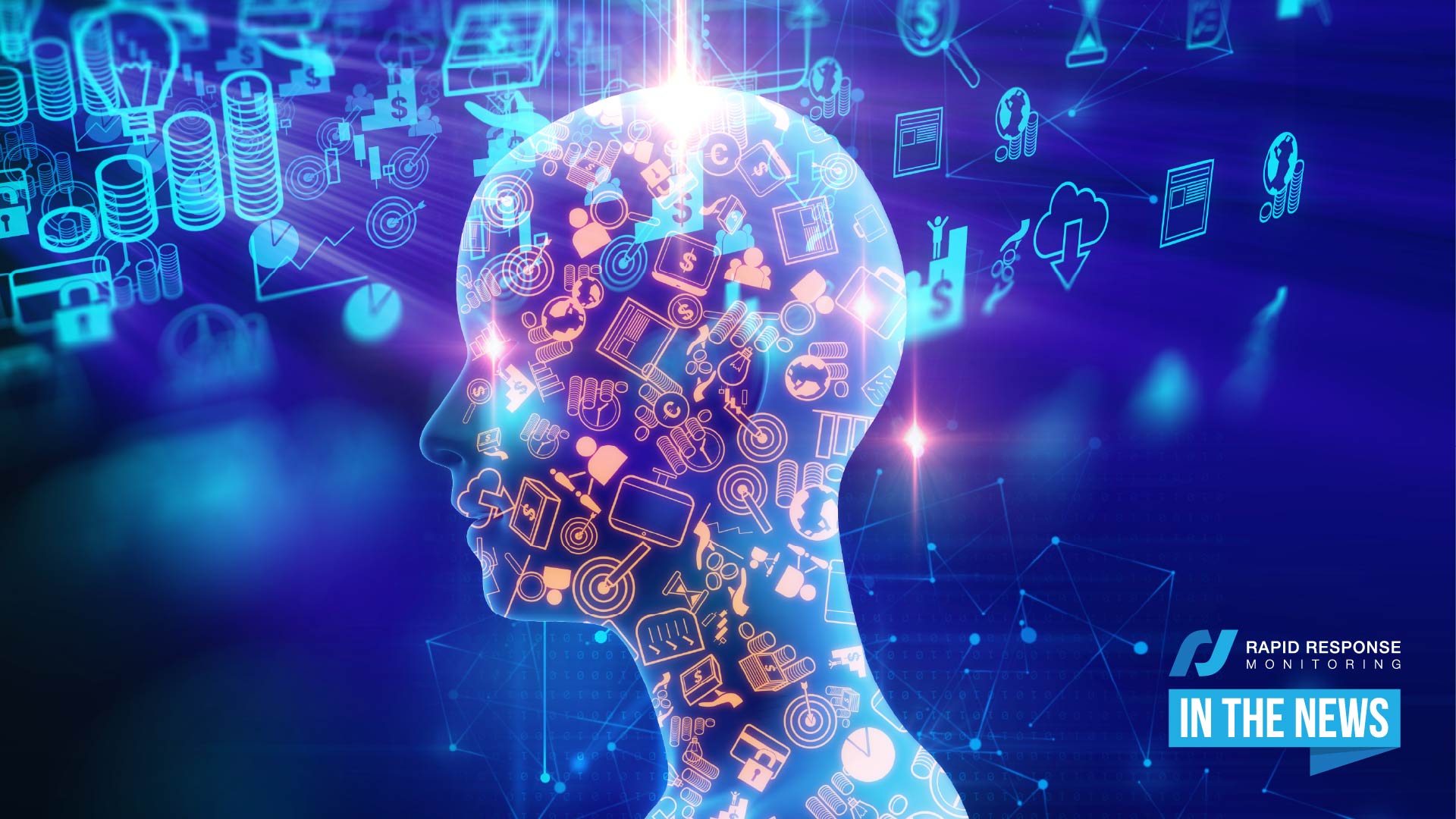Alarm Industry Innovation Needed Now More Than Ever

The alarm industry is stuck in a time warp compared to some others across the technology landscape. It’s time to innovate.


The alarm industry is stuck in a time warp compared to some others across the technology landscape. It’s time to innovate.

In some recent studies, including ones by Parks Associates, false alarms are one of the most distressing and problematic events that can occur for a subscriber or security system user.

There hasn’t been a lot of focused work to leverage the use of AI to modify real-time workflow based on information from disparate systems.

While current AI applications excel in object recognition, challenges persist in understanding intent during security incidents. Explore the potential of AI in transforming traditional security practices, emphasizing consistent, subscriber-focused responses.

AVS-01 was designed to enhance professional monitoring services, communication to ECC/PSAPs and open opportunities for Security Dealers.

Since standards dictate how you do installations and where systems are monitored, it’s extremely important to understand how they come into being. TMA President and VP of Technology and Innovation at Rapid Response, Morgan Hertel, shares the behind-the-scenes process.

There will be several new “paradigms” emerging all of which will impact the costs of monitoring. As an industry, we need to consider them very carefully.

The market for personal emergency response monitoring is growing and so are the possibilities. Here’s a handful of use cases you may not have thought of.

Central stations and call centers need to be able to meet the demands of different standards to be able to serve their clients and end users universally and effectively.

Video and audio verification are helping to reduce calls for service, but more is needed to combat the human error of false alarms.